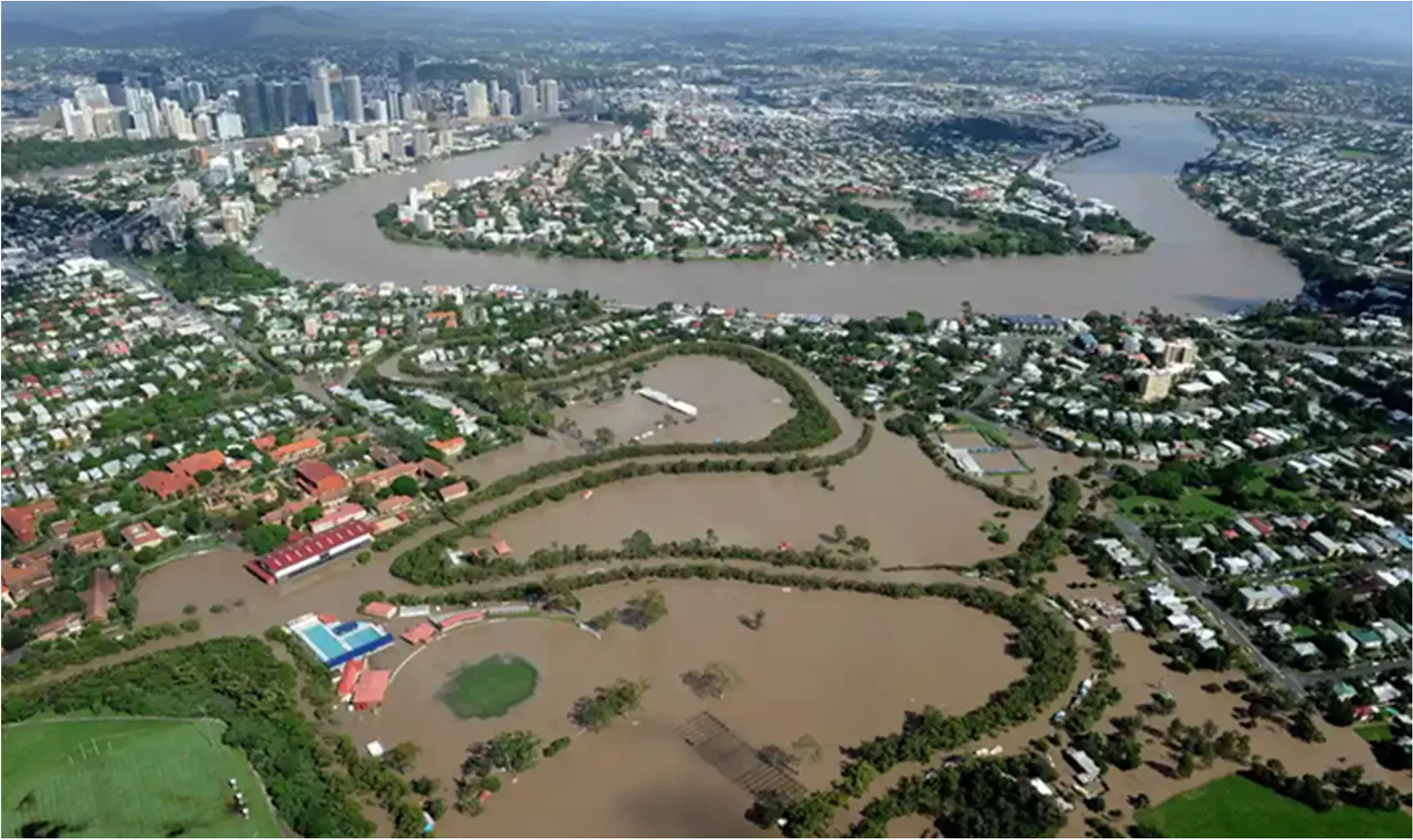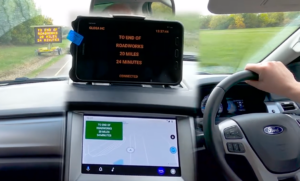Industry and government organisations from Europe and Australia are calling for a trial of the deployment of potentially life-saving technology in Australia, which would send coordinated, vital messages and alerts to drivers and travellers.
The proposal was made during a discussion at last month’s ITS Australia Summit. A Special Interest Session (Emergency Alerts & Warnings for Drivers, Automated Vehicles and beyond) organised by Brussels based TISA (Traveller Information Services Association), looked at how large-scale emergencies, like flooding, bush fires, or other public safety critical events, often have substantial impact on road traffic, not only in densely populated areas but in remote Australian bush and country towns. Delegates heard how State road authorities and navigation service providers have to completely close affected roads, leaving drivers confused about what is going on, and where could they go. They say coordinating information and providing consistency of messages is crucial during public crisis.
The proposal is to implement a solution based on the TPEG2 traveller information protocol suite developed and managed by TISA. TPEG-EAW was developed following a successful trial in Europe on behalf of the German Federal Office of Civil Protection and Disaster Assistance (BBK). TPEG-EAW is a structured, language-independent protocol designed to be bearer-independent and therefore suitable for connected vehicle, mobile and broadcast services. A standardised message set, flexible location referencing, including area polygons are defined within the TPEG-EAW profile.
During the session Danny Woolard, representing German traveller information solutions company GEWI, said that the technology had already been successfully developed and trialled and the results were originally presented at the 2022 ITS World Congress in Los Angeles. Mr Woolard, who has lived and worked in both Europe and Australia, said that Australia presents not just a real world need, but an ideal use case for a deployment trial.
“Australia has faced many natural disasters such as severe, fatal bush fires like Black Saturday and the more recent Queensland and Victorian floods,” he said. “Globally we have witnessed floods in Central Europe and the devastating Hawaiian fires this year. In many cases people received confusing, conflicting and uninformed messages, and there are many stories of lives lost due to evacuees travelling into danger, not away from it. We have the ability to fix that using existing solutions that are yet to be embraced by manufacturers or emergency services, and I’m hoping a cross industry and government trial will prove how things can change.”
The session which sparked this new interest also included Stephanie Chaufton of TISA who explained the background to TPEG-EAW, Eliot Christian from Alert-Hub.org who updated on the status of global CAP (Common Alerting Protocol) deployment which is a global standard for structuring alert data, Rob Finney from Intelematics who spoke about connected services, Melissa Perkins of Queensland Transport and Main Roads, who gave a background to current methods of informing the public at the time of natural disaster and Daniel Kelly of HERE talking about Emergency events and decision making.
“The approach to be tested is future-proofed,” Mr Woolard concluded, “Because of its current adoption in many connected vehicle services and it potential adaption automated driving vehicles, which in such non-standard situations even more depend on external, curated information.”
(Picture courtesy of GEWI)






















